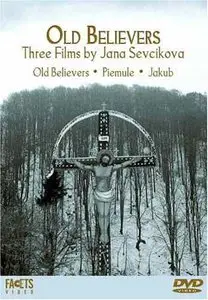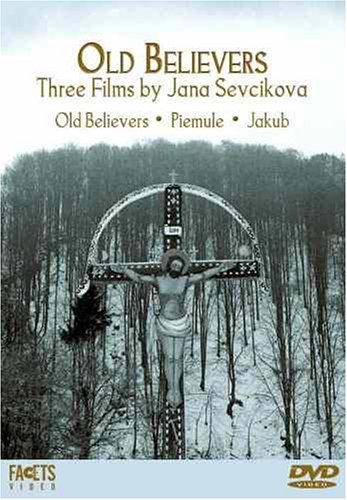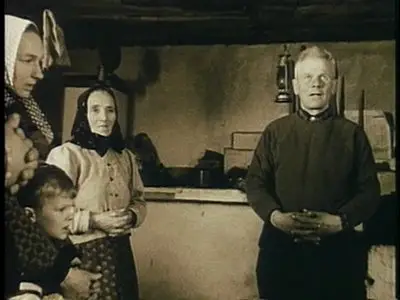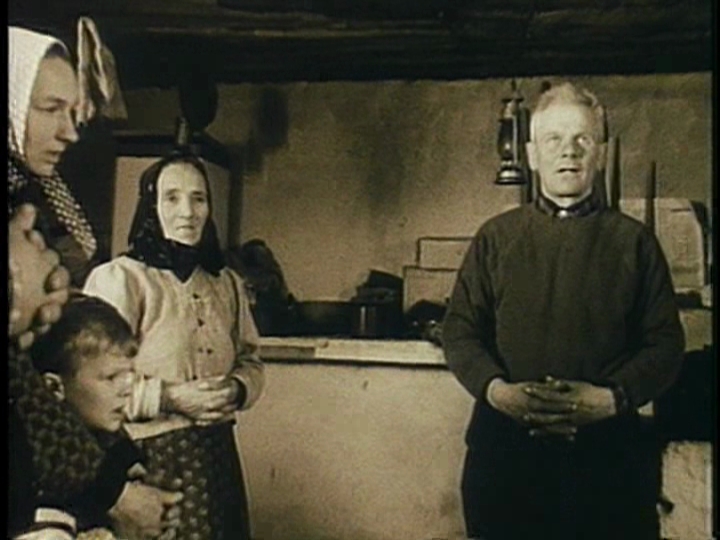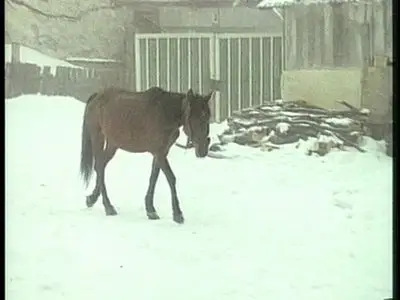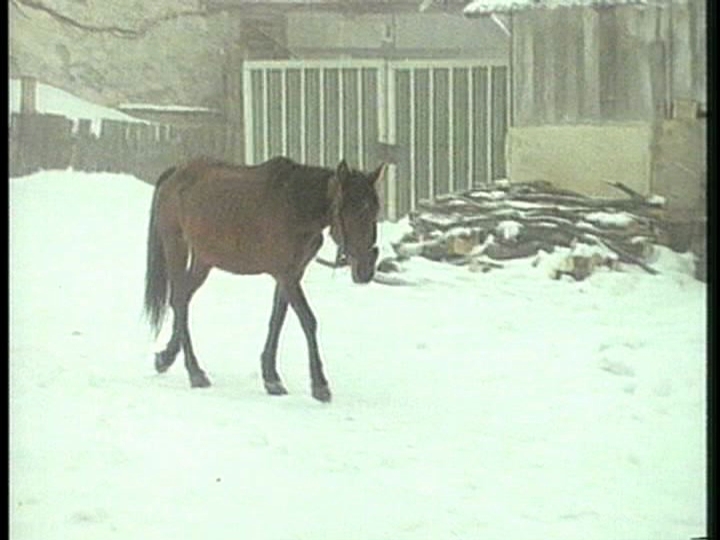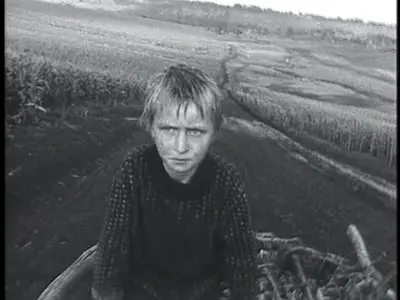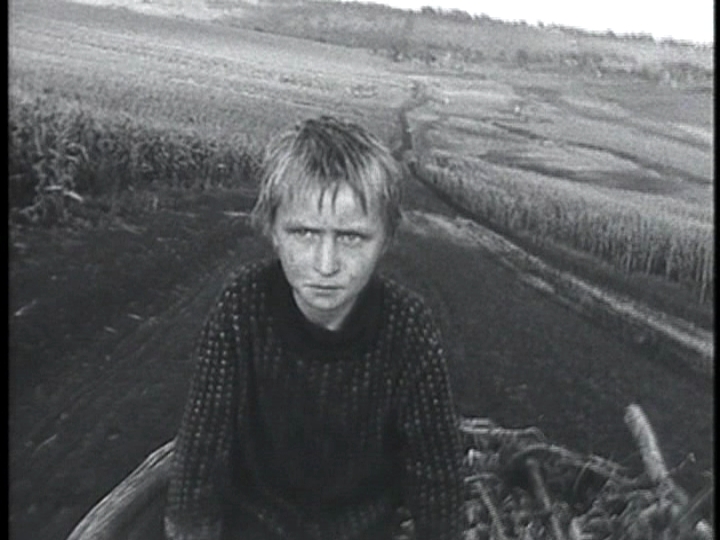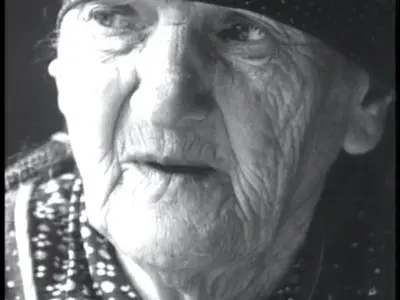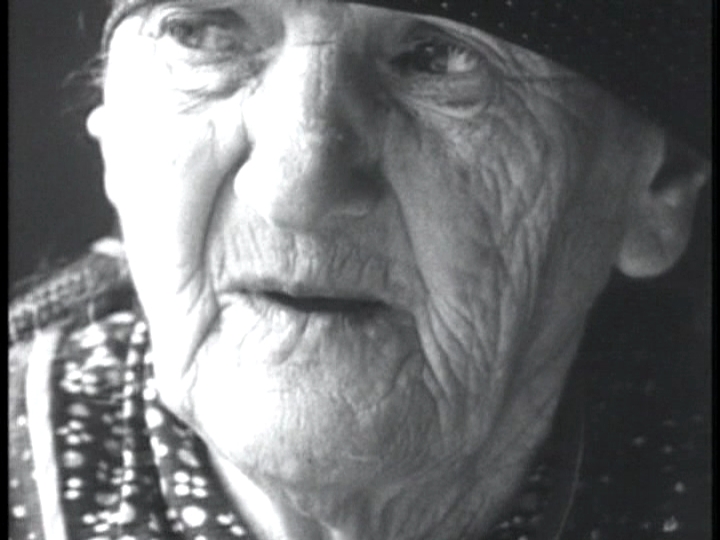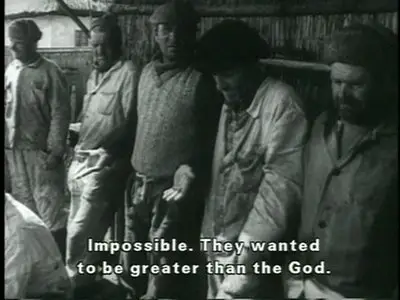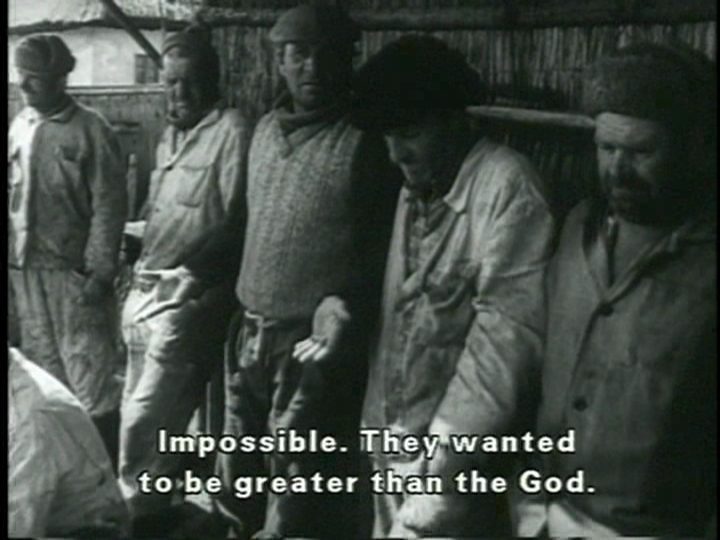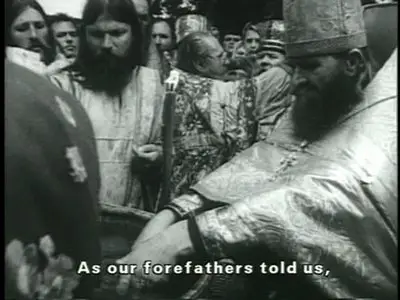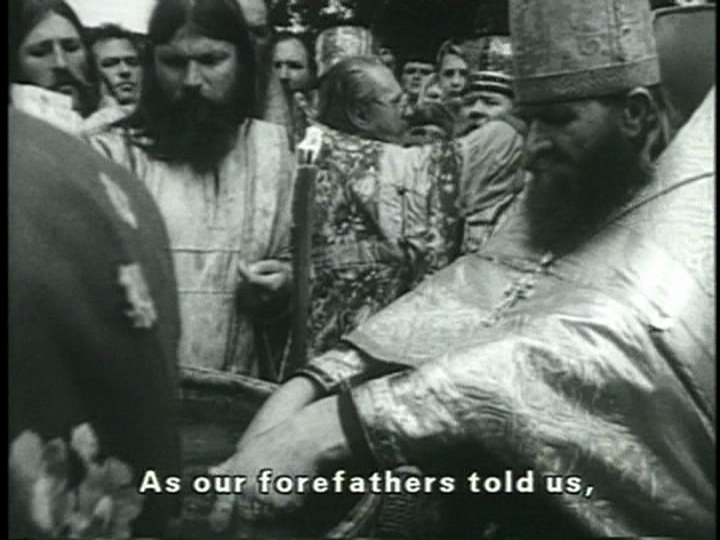Old Believers: Three Films By Jana Sevciková (1984-2001)
Piemule (1984) / Jakub (1992) / Old Believers (2001)
DVD9 | VIDEO_TS | NTSC 4:3 | 00:42:50 + 01:05:14 + 00:46:09 | 5,11 Gb
Audio: Čeština AC3 2.0 @ 192 Kbps | Subtitles: English
Genre: Documentary, Art-house
Piemule (1984) / Jakub (1992) / Old Believers (2001)
DVD9 | VIDEO_TS | NTSC 4:3 | 00:42:50 + 01:05:14 + 00:46:09 | 5,11 Gb
Audio: Čeština AC3 2.0 @ 192 Kbps | Subtitles: English
Genre: Documentary, Art-house
Director: Jana Sevciková
Piemule (1984) - IMDB
Jakub (1992) - IMDB
Old Believers (2001) Staroverci - IMDB
The focus of Czech documentary filmmaker Jana Ševcíková’s work is the life of exiled populations, all existing seemingly in a world apart from the highways and metros of a modern and progressive Europe, hanging on by their grim teeth to tradition, even through displacement, monotonous poverty, and the lugubrious afterimages of war.
Ševcíková’s instantly impressive Piemule was her thesis film done at the Prague Film Academy, FAMU. It looks at a small and isolated population of Czech people who, more than 150 years ago, made a new home in Southern Hungary and Romania. The filmmaker appears to be looking to them as a reliquary for her own culture’s history, but one that is still dynamic, thriving far off on the periphery.––––––––––––––––––––––––––––––––––––––––––––Piemule (1984)
Vacillating between color and a sort of tallow monochrome, Piemule raises questions about cultural identity vs. environment, as the eponymous people hold onto their traditional way of life very much at odds with the surrounding culture and the steady march of time. They continue to use their native language while still maintaining their allegiance to Ceausescu’s Romania. In a pointed scene early on a priest delivers a lecture to a large group of children on Adam and Eve’s ouster from Eden. The people of Rovensko, despite their positive feelings towards their adopted homeland of many generations, seem to be subsisting precariously on the margins, retaining a proud but threadbare form of civilization. No one is even able to remember why they left for this harsh environment in the first place, as they await readmittance to the Garden.
Her second, independently produced film Jakub, examines a small group of Ruthenian people, who originally came from the Carpathian Mountains, resettling in Western Bohemia and in Northern Romania during the Second World War. Many of the men were conscripted by the Soviets to fight in the Sudetenland, and one Jakub Popovich was the last survivor of this campaign. He passed away some years before Ševcíková began work on the film about him.
––––––––––––––––––––––––––––––––––––––––––––Jakub (1992)
One village’s Ruthenian population, who all seem well acquainted with Jakub, either personally or indirectly, sing his praises in ways that sometimes seem stretched or embellished; he endured fantastic tortures under German captors during the war; he memorized the bible. While the claims are not too outlandish to believe, it is still amazing that so many people would have so much to recount about one local personality. As he assumes heroic proportions, one begins to wonder whether this isn’t a sort of Chet Grant character – apocryphal, perhaps completely fabricated. No such disclosure is at any point made – he surely lived. But for the film, he may as well not have existed in the physical world, as he retains a strong presence in the minds of all the people interviewed, and is seemingly enmeshed in their daily lives. No one can agree even on how long it has been since he died – estimates range from ten to two years prior. We see how myth is born and continually recast to survive in the shared imagination of a people, shaped by the vagaries of memory, which is itself malleable and imperfect.
While the film claims to be about the fondly-remembered Jakub, he is really a backdrop, as Ševcíková is primarily interested in the townsfolk. Their memories of the man are a consistent thread, while they hold court on the nature of conscience and humanity. In a way he represents humanity to them, pain and presence, glory and mortality. Having been someone who lived through a certain chapter in the people’s history, they value him as a divine receptacle for their communal recollections. Similarly preoccupied with memory, albeit in a more abstracted, less anthropological sense, is Old Believers, about an austere and religious sect of the Russian Orthodox Church exiled to various corners of the world by a 17th Century schism. These people, here shown in small villages in Romania, seem utterly of a different time.
––––––––––––––––––––––––––––––––––––––––––––Old Believers (2001)
The initial shots depict, in montage, men and women traveling along the road in various horsedrawn carriages, very little of whose appearance suggests anything relating to the present time, or even the last few centuries of technology. These parallel images carry within them a paradox of forward motion with hardened stoicism, embodying both propulsive mechanics and an obduracy seemingly as bleak as that of the Old Believers’ arboreal surroundings. The people themselves are fiercely wedded to their cultural traditions, speaking mostly in biblical references and ecumenical metaphors. They eat and breathe religion, and some of their customs appear in a baptism scene, shots of which are interspersed with some of the interviews. The lasting impression is that the ties to their faith and by extension, cultural identity, have held them in one lifestyle for centuries. Like all of the filmmaker’s subjects in these three films (but in a more pronounced way) the Old Believers rely on God to support both their spiritual survival and their sublunary requirements, as they are tied to the land. Faith, for them, is a tangible force inextricable from the realm of that which is concrete. It hangs in the air like incense. A black-clad Orthodox priest enters a rude, one-room hut to bless the family and their new child.
Secondary to the intimacy accorded to the human subjects is the powerful sense of place that Ševcíková divines from the surroundings, as the roving camera drifts among the haunted waterways and gnarled, impossibly ancient-looking trees of the Danube Delta. Here, as in her other two early works (in particular Jakub) she is able to elicit disquiet, mourning and yearning from the landscape itself, heavily incorporating its subtleties and stray noises. The photography of the artist Sally Mann comes immediately to mind. The air is thick, the massed chanting of the people reverberates in the background. In the belfry of a church, a monk seems to drop into ecstasy while ringing out a complex, metallic symphony on bells. Once finished he remains there in repose, nearly weightless in the cold and silent air.
––––––––––––––––––––––––––––––––––––––––––––
With her first three films, Jana Ševcíková exposits an inimitable, personal approach to filmmaking while establishing herself as a master of poetic documentary. Her visual aesthetic, crusty and faded, seems perfectly informed by her subjects themselves. Devoid of narration besides framing information to give context, it is the people who do most of the speaking, with Ševcíková providing visual counterpoint to their words. While she is, in one capacity, soberly chronicling the inner details and diurnal tropes of cultures that are variously marginalized and moribund, the freewheeling and eccentric eye that she casts upon them sets the films aglow with life, reaching far deeper than formalized ethnography would allow.
Special Features:
- Q & A with Jana Ševcíková and Werner Herzog (13:40)
Many Thanks to Original uploader.


